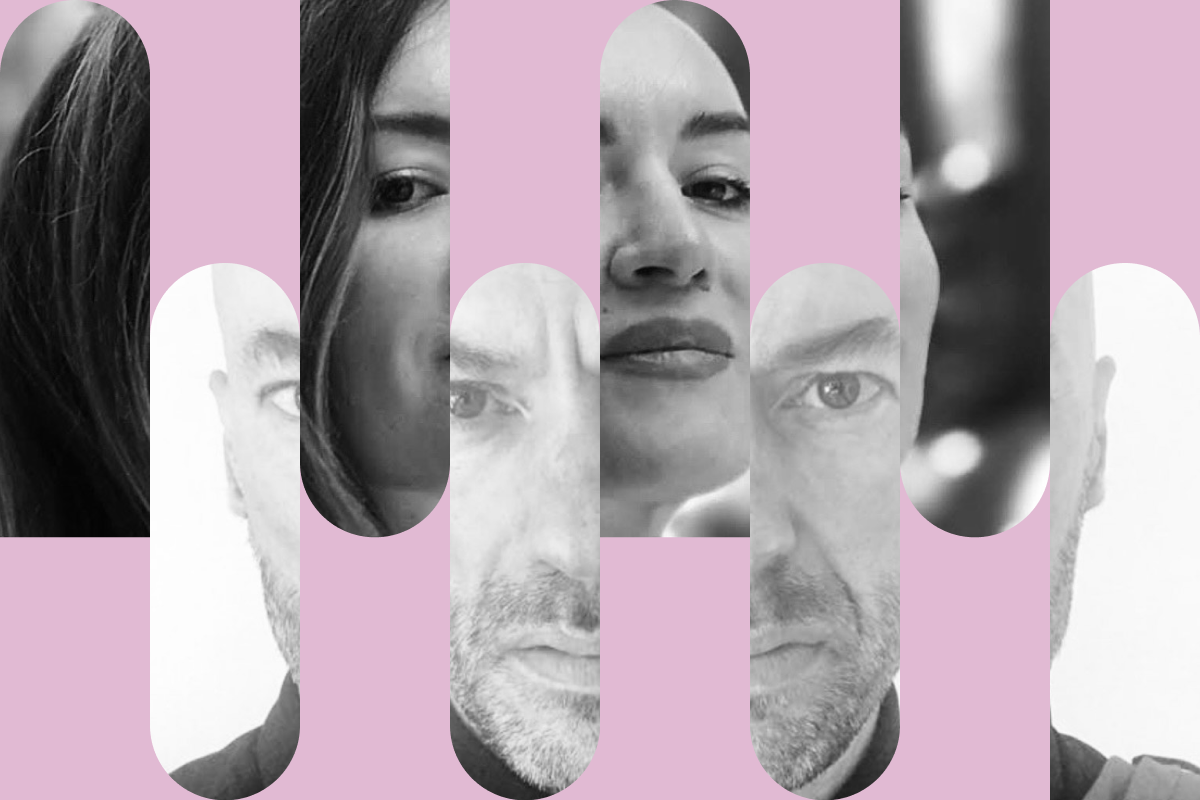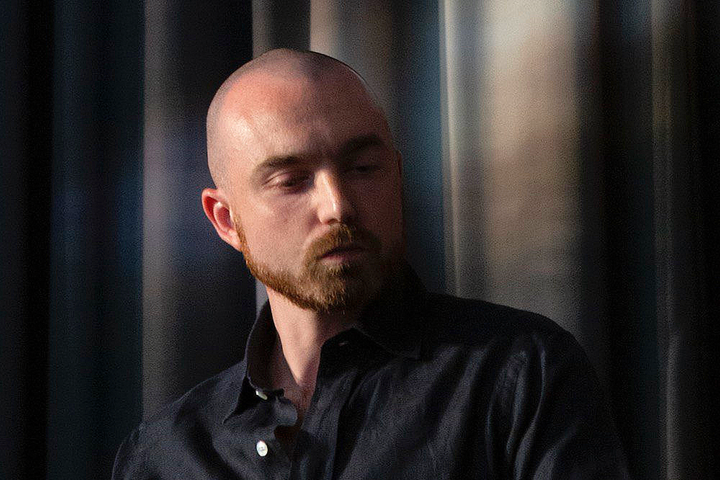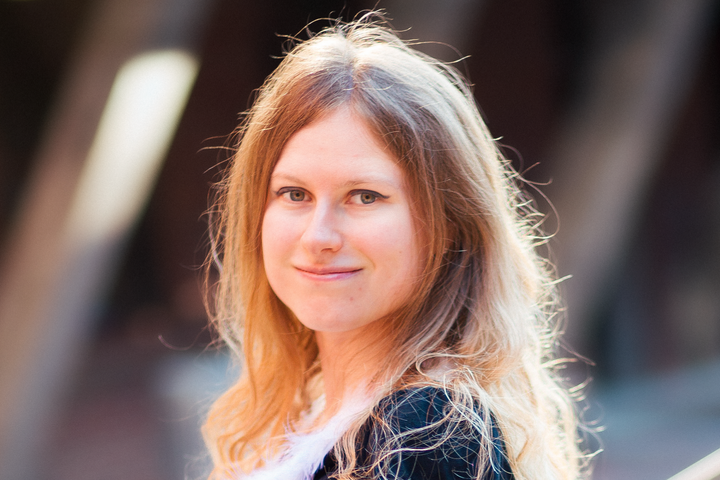Auronda Scalera and Alfredo Cramerotti, Cofounders of XXnft

On Looking at Work by Remarkable Women Artists and the Dos and Don'ts of Collecting NFT-based Art
Why are women still underrepresented in the NFT sector and NFT-based art?
One of the main reasons, though not the only one, is that the crypto and NFT community is largely coming from the tech sector, which is heavily balanced towards men. It’s a generalisation obviously, but statistically sound.
As cofounders of the art curating and collection management service XXnft, how do you assist and promote female NFT artists?
Our activities consist in scouting and interviewing female artists, publishing the findings on XXnft’s website and social media channels (@xxnftwomen on Instagram and Twitter). And then, to help sustain their career, we organize exhibitions/drops of their work on SuperRare and Nifty Gateway, in partnership with Decentral Art Pavilion, and on the metaverse. We promote their artworks in our talks and panels at public and institutional events, in art newspapers and magazines and through our circles of collectors, advising them why it is very important to buy and support female artists.
What female NFT art projects would you highlight as the most prominent ones and why?
You’re putting us on the spot here! Artists like Serwah Attafuah, Genesis Kai, Ellen Sheidlin, Pilar Zeta or Katie McIntyre, for instance, all have an artistic practice that shifts our perception of society in a small but significant way. It can be about our bodies, environments, identities, or idiosyncrasies related to gender, economy, culture, or class. But truly, there’s absolutely no shortage of amazing women, female-identifying and non-binary artists we could pick and highlight.
How did you start your collection of digital art?
We started looking at pioneers of computer art such as Vera Molnar, Herbert Franke, Lillian Schwartz, and others, then contextualized and combined them with contemporary and NFT artists. We wanted to find a trajectory that would provide sense and meaning to the collection as a whole.
What is your take on exclusively women collections such as the World of Women NFT collection and why do you think it became so popular?
It’s important to have such collections at the beginning of this art movement in order to avoid replicating last century’s path, when many leading female art figures only got recognized recently, often after they’re gone. We believe in highlighting the work of women and female-identifying artists now, while still young and active. In short, we have to take action to fix this situation and give them the right instruments to build their careers and be economically independent.
WoW became popular because, with the NFT space dominated by men, there were many women artists who were looking for something that would resonate with them and provide a prominent voice in crypto art. In addition, there were some early endorsements by celebrities and known NFT collectors who bought into the project and began using the PFPs on their communication on social media.
How do you combine physical and digital in your collection?
We do not consider the difference between physical and digital art. We combine them according to their concept, direction, originality and other criteria, rather than medium.
Do you think more traditional collectors will include NFT pieces in their collections?
We would think so. NFT and crypto art is an expansion of the art world, not a replacement of it. Collectors always expand their views and consequently their holdings, given enough time and accumulation of expertise.
What are the dos and don’ts in NFT collecting today?
Do: Study and scout the artists; Make a studio visit or try to have a meaningful conversation with the artists; Try to understand who their collectors are; Define the criteria you want to follow, i.e. what is important for you as a collector; Give a direction to your collection, and grow it with time; Relax and enjoy the process.
Do not: Follow only the market; Obsessively follow other collectors; Become restless.
What advice would you give to someone who wants to start collecting during the bear market?
We would actually say that it’s a very good time to start collecting. As for any market really, buying low (instead of selling high) is the key to accumulate future value. Besides this more economic-speculative consideration, this is a rather quiet time in the NFT market, the so-called ‘crypto winter,’ and therefore a perfect time to do research, far from the frenzy or peer pressure.
The most important thing is to be spending time in the [NFT] space, observing and reflecting on what is going on, exchanging ideas with other players, curators, artists, producers, NFT event organizers etc, and doing your due diligence in terms of safe protocols and technology. It may seem a lot to do but it’s a journey and as with everything valuable and pleasurable, it’s not an immediate reward. But it’s really worth the effort, as one grows with their collection and that’s a wonderful feeling.
Auronda Scalera is the Cofounder of XXnft, a publishing platform for women and not binary in NFT; Co-Director, Infinity Art Museum on the Verse; curator and consultant for contemporary and digital arts based in London and Dubai. Business partners include Plus Tate, Venice Art Biennale, Sotheby’s, Macro Museum Rome, Manifesta, Les Rencontres d’Arles, Royal Photographic Society, Paris Photo. Upcoming projects include the organization of panels about NFTs and museums for plusTATE and IKT.
Alfredo Cramerotti is Director at Mostyn gallery; Co-Director, Infinity Art Museum on the Verse; Adviser, British Council Acquisition Committee & UK Government Art Collection. He curated 4 national pavilions and collateral events at the Venice Biennale, EXPO Film & Video in Chicago, and the biennials Sequences VII and Manifesta 8. He is President of IKT, Board Member of AICA, and ICOM UK. Cofounder of XXnft, a publishing platform for women and not binary in NFT. Scalera and Cramerotti recently curated the “Mavericks: warriors, fighters and badass godessess of the verse” drop on SuperRare, in collaboration with Decentral Art Pavilion.



